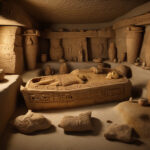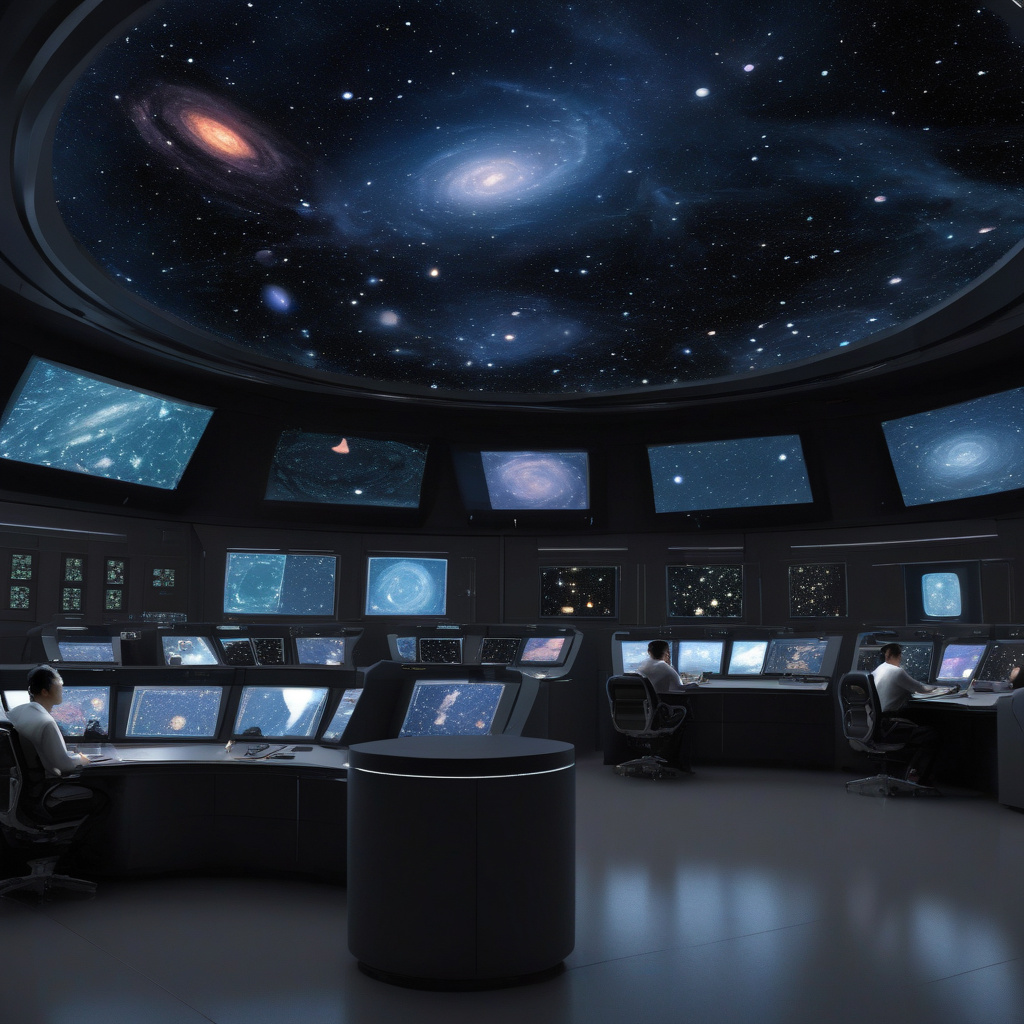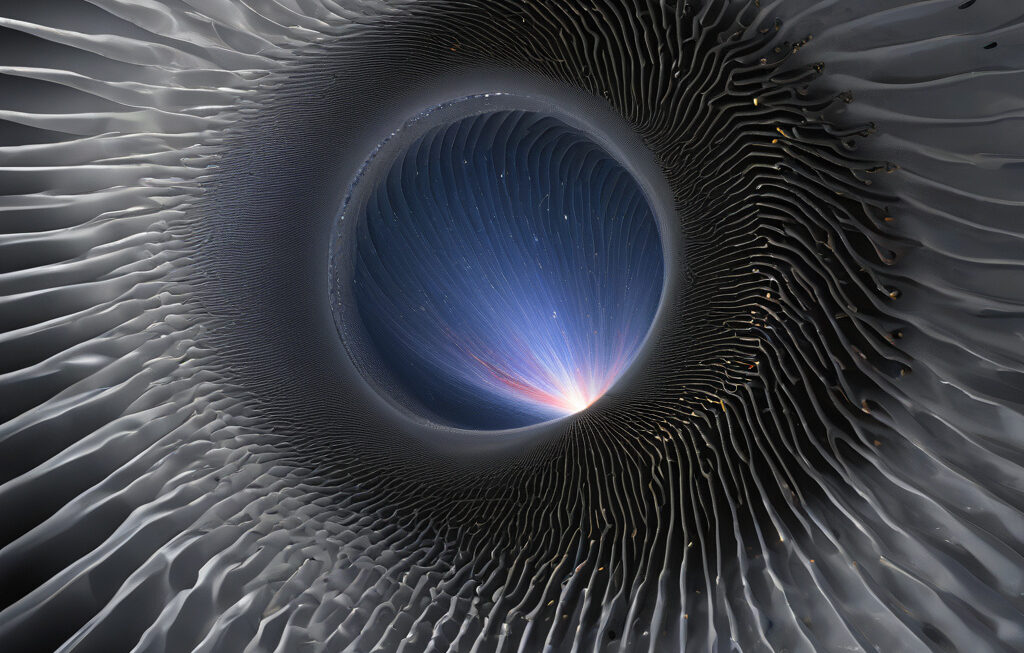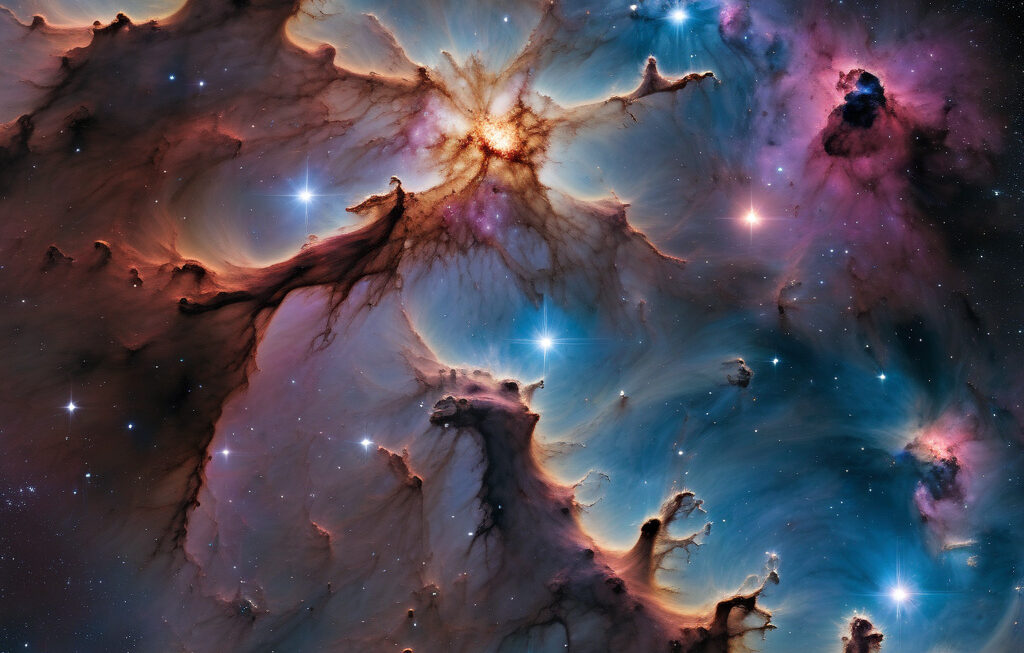Mapping the Cosmos: China’s Revolutionary AI Tool Identifies 27 Million Cosmic Objects
Imagine trying to label every star, galaxy, or distant quasar in the sky, millions upon millions of them, with just the human eye and a telescope. It would be an insurmountable task, requiring countless hours and incredible precision. However, thanks to the latest advancements in artificial intelligence (AI) technology, this monumental feat has become a reality, with China at the forefront of innovation.
Recently, a team of researchers from China unveiled a groundbreaking AI tool that has the capability to map a staggering 27 million cosmic objects in the night sky. This tool, powered by cutting-edge AI algorithms, is revolutionizing the field of astronomy and opening up new possibilities for understanding the vast expanse of the universe.
The traditional method of cataloging cosmic objects involves astronomers manually examining images captured by telescopes, a time-consuming process that is prone to human error. However, with the introduction of AI into this process, the task has been streamlined and accelerated exponentially. By training the AI tool on vast datasets of astronomical images, researchers have been able to teach it to identify and categorize different types of celestial bodies with remarkable accuracy.
One of the key advantages of this AI tool is its ability to analyze massive amounts of data in a relatively short amount of time. What would take human astronomers years to accomplish can now be done in a fraction of the time, allowing researchers to make rapid progress in their studies of the cosmos.
Moreover, the AI tool is not limited by human constraints such as fatigue or bias, ensuring that the results it produces are objective and reliable. By leveraging the power of AI, astronomers can now gain new insights into the formation and evolution of stars, galaxies, and other celestial phenomena, pushing the boundaries of our understanding of the universe.
The implications of this technology are far-reaching, with potential applications in a wide range of fields beyond astronomy. For example, the AI tool could be used to enhance satellite imagery analysis, improve weather forecasting models, or even aid in the search for extraterrestrial life.
As China continues to invest heavily in AI research and development, we can expect to see even more groundbreaking innovations emerge from the country in the coming years. The intersection of AI and astronomy represents a fertile ground for exploration, with endless possibilities for discovery and advancement.
In conclusion, China’s new AI tool for mapping cosmic objects marks a significant milestone in the field of astronomy, showcasing the transformative power of artificial intelligence in unlocking the mysteries of the universe. By harnessing the capabilities of AI, researchers are poised to make unprecedented strides in their quest to unravel the secrets of the cosmos.
#China #AI #Astronomy #Innovation #CosmicObjects












